Some of the earliest signs of spring in the south are daffodils and forsythias. Both are well-known plants common from new developments to old rural homesteads throughout North and South Carolina. Forsythia (Forsythia x intermedia), also known as yellow-bells, is a deciduous shrub that flowers on “old wood,” meaning the flowers that bloom in the spring were actually developed by the plant the summer before. This is an important distinction because pruning at the wrong time could remove the flowers for the following year! There is another shrub that blooms in early spring with yellow flowers that may look similar to Forsythia from a distance: winter jasmine (Jasminum nudiflorum). Today we will address proper pruning of forsythia and how to tell it apart from winter jasmine.
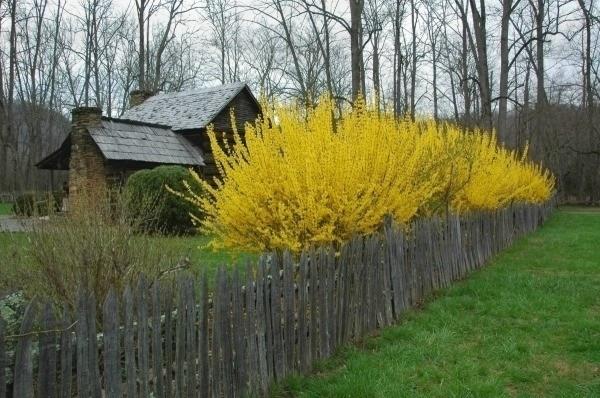 Forsythia is a classic southern plant.
Forsythia is a classic southern plant.
Pruning
Forsythias typically bloom sometime between late January and late March, depending on the weather and the geographical region within the Carolinas (typically earlier near the coast, and later in the mountains). Because they bloom on “old wood”, or the previous season’s growth, the flowers open before the new leaves. Once the new leaves start to unfurl, the shrub will grow rapidly, sprouting new canes that may be several feet long. Then the new growth will slow down, and all of the energy produced through photosynthesis will be stored in tiny flower buds that will lay dormant until the next spring. Pruning must take place during the few weeks between flowering and the point where new flower buds are developed. Otherwise, there will be very few flowers the following spring.
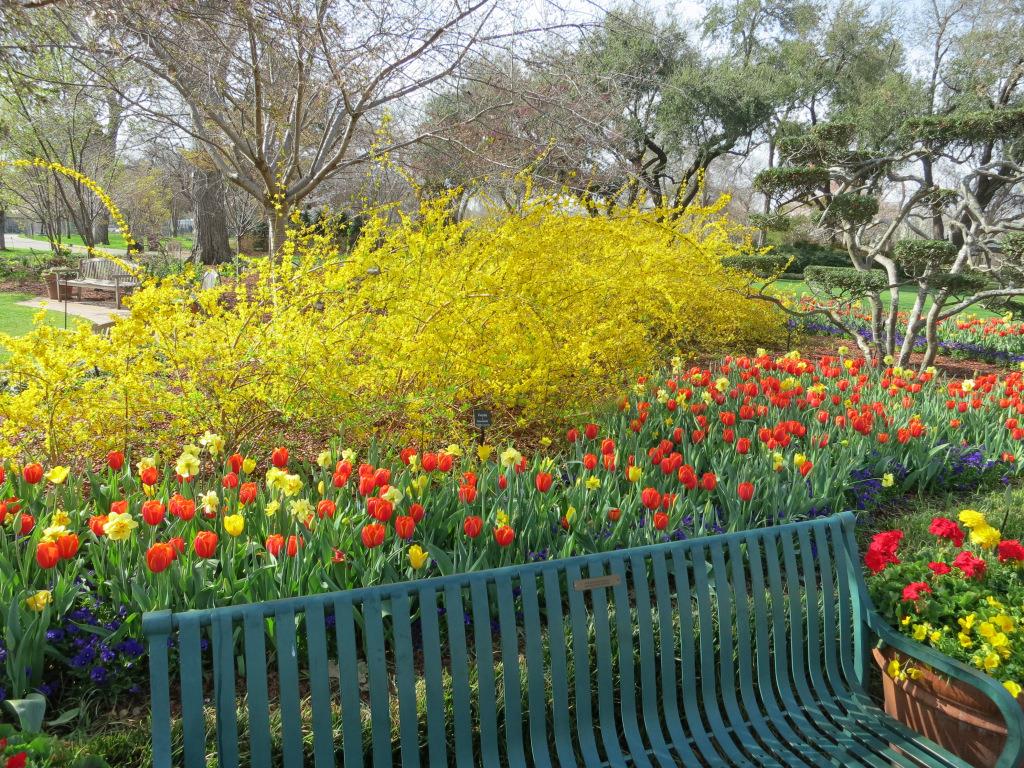 Plant forsythias with bulbs for a stunning spring display.
Plant forsythias with bulbs for a stunning spring display.
Forsythias should not be sheared. Unfortunately, many people see them being sheared in settings like fast food restaurant and shopping center parking lots, but this is not an appropriate use of this beautiful shrub. To maintain the natural, graceful, arching habit, forsythias should be selectively thinned from the base of the plant. Older branches should be pruned to the ground to allow to younger, more vigorous canes to fill in. Some of us remember days back our childhoods when we were told in the spring to “go out and cut back the yellow-bells,” and we would cut it back to a small mound and let it regrow fully. This option is called “rejuvenation pruning” and it can be done when a shrub has been neglected for a long time and is badly overgrown, or every few years to promote new vigorous growth. It should not be done every year, as this can stress the plant too much and make it vulnerable to pests and disease.
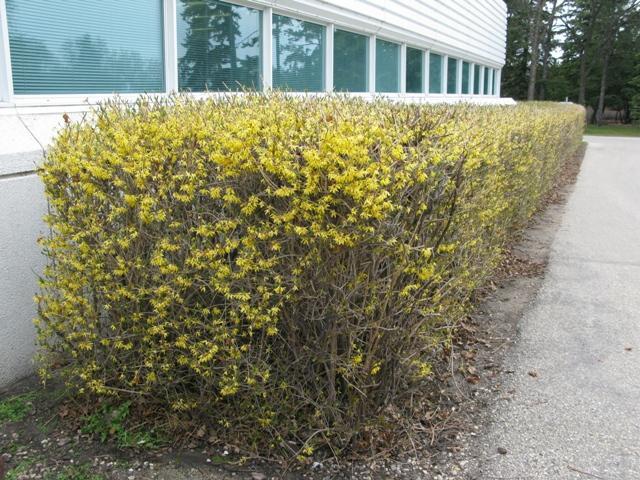 Do NOT do this!! Rather than trying to force forsythias to grow in a rectangle (never going to happen), plant a slow-growing hedge that stays small to begin with!
Do NOT do this!! Rather than trying to force forsythias to grow in a rectangle (never going to happen), plant a slow-growing hedge that stays small to begin with!
ID Tips: Forsythia vs. Winter Jasmine
- Both shrubs are in the olive family, Oleaceae, so they have many similar characteristics. They both have arching canes, which are green when young and then fade to light brown. Both stems are squarish in cross-section, and buds are in opposite pairs along the stems. However, forsythia stems will be covered heavily with lenticels, small corky bumps, while winter jasmine stems will be comparatively rather smooth.
- Forsythia is a large, upright shrub, while winter jasmine forms a low, scrambling groundcover shrub that is very well-suited to spilling over walls.
- Forsythia typically flowers later than winter jasmine.
- Forsythia flowers have 4 long, strap-like petals, while winter jasmine flowers have 6 rounded petals.
- The leaves of forsythias are long, narrow, and pointed, with toothed edges along the pointed half of the leaf, and smooth edges near the base. Winter jasmine leaves look completely different–each small leaf is made up of three tiny leaflets, very similar to a clover leaf, although each leaflet is ovate (egg-shaped), not round.
- Forsythia foliage turns yellow, maroon, or purple in the fall, depending on the cultivar, while winter jasmine leaves don’t have any noticeable fall color.
-
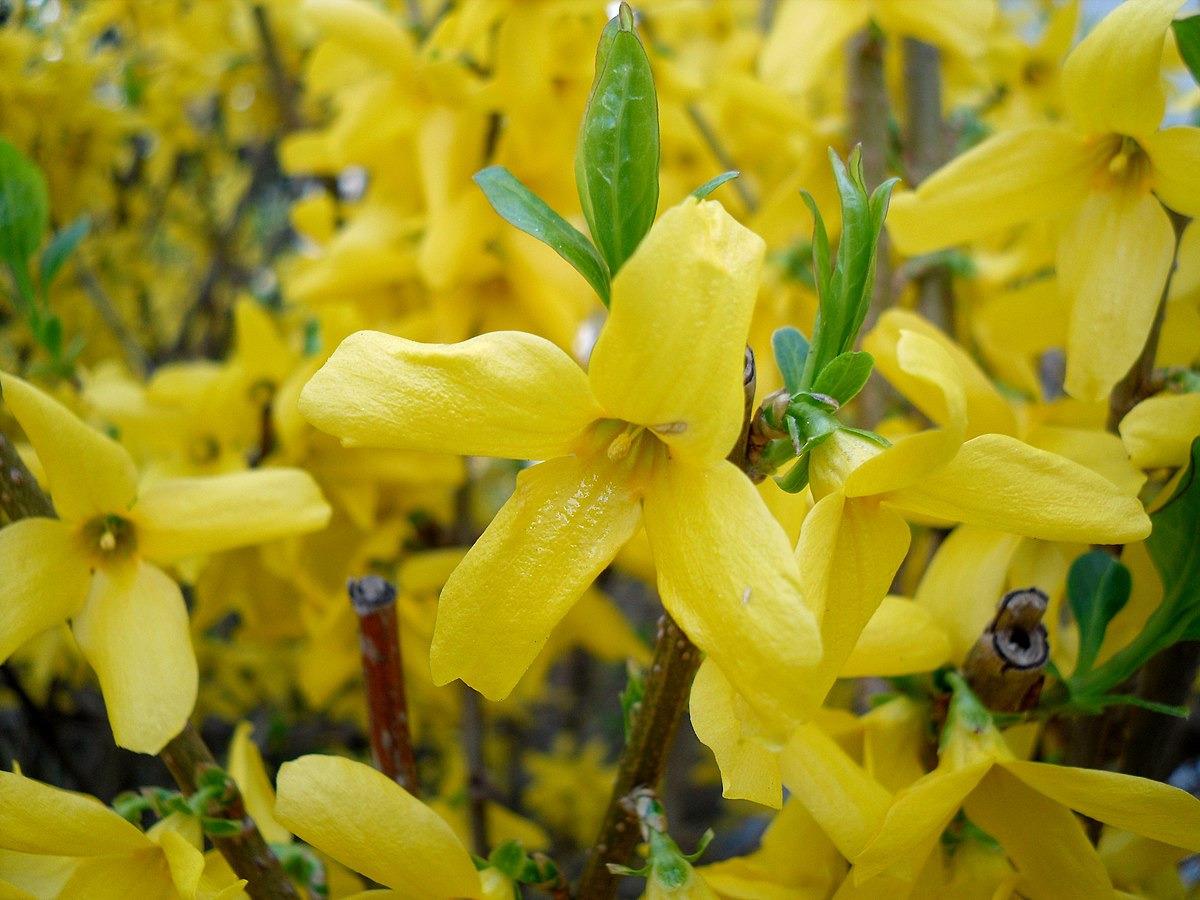 Fosythia flowers
Fosythia flowers
-
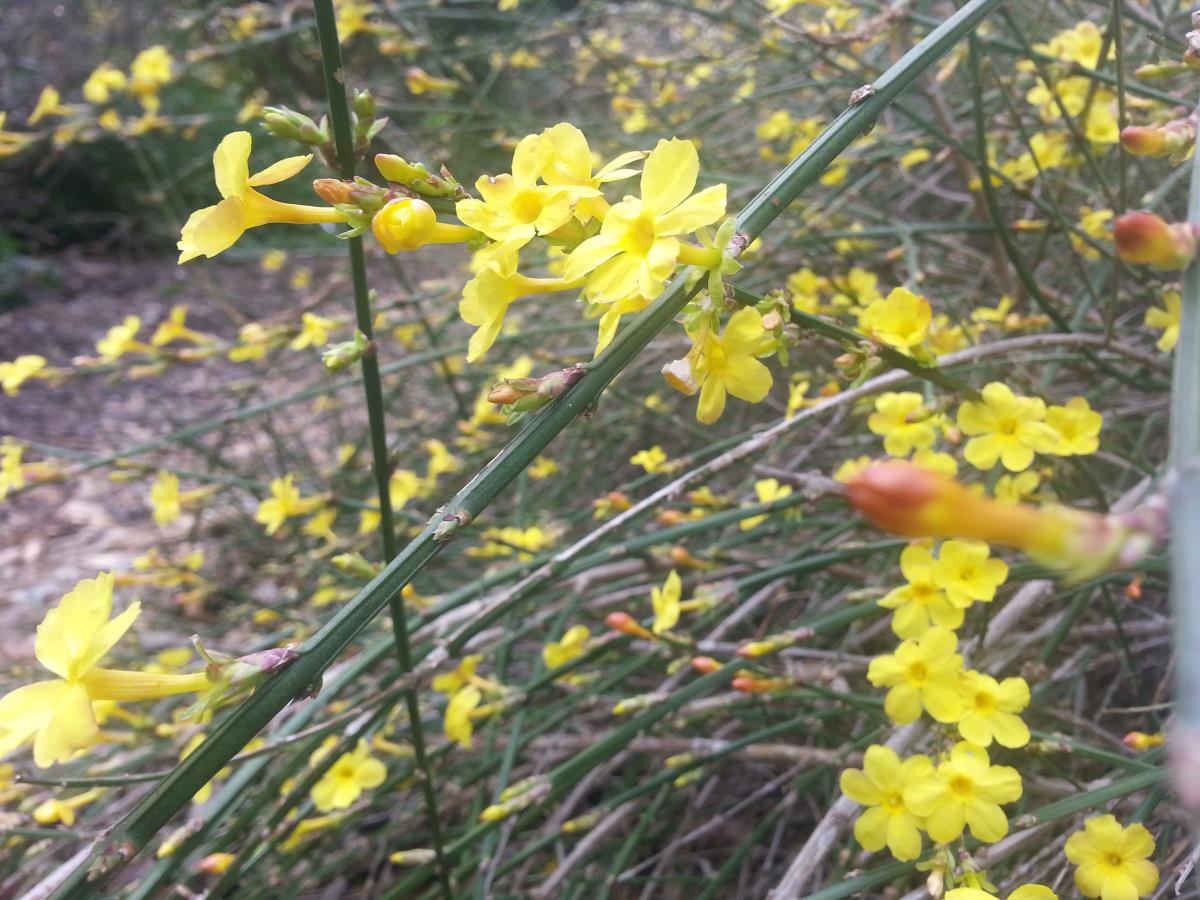 Winter jasmine flowers
Winter jasmine flowers
-
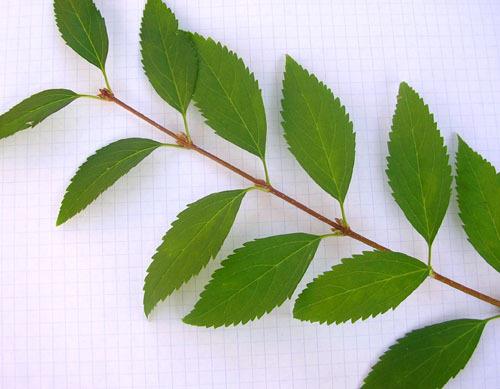 Forsythia leaves
Forsythia leaves
-
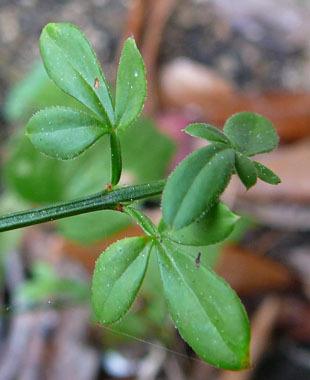 Winter jasmine leaves
Winter jasmine leaves
-
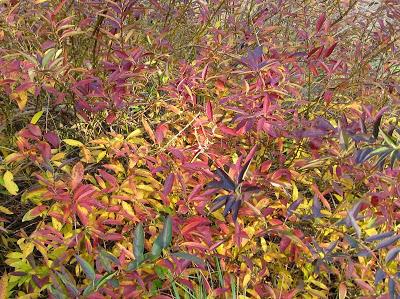 Fall color of forsythia
Fall color of forsythia
-
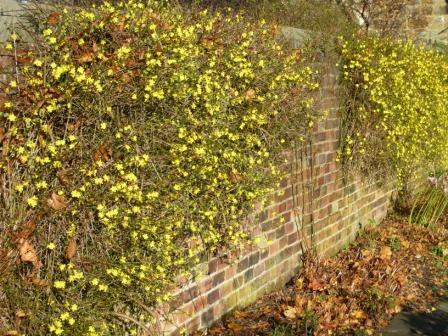 Winter jasmine spilling over a wall
Winter jasmine spilling over a wall